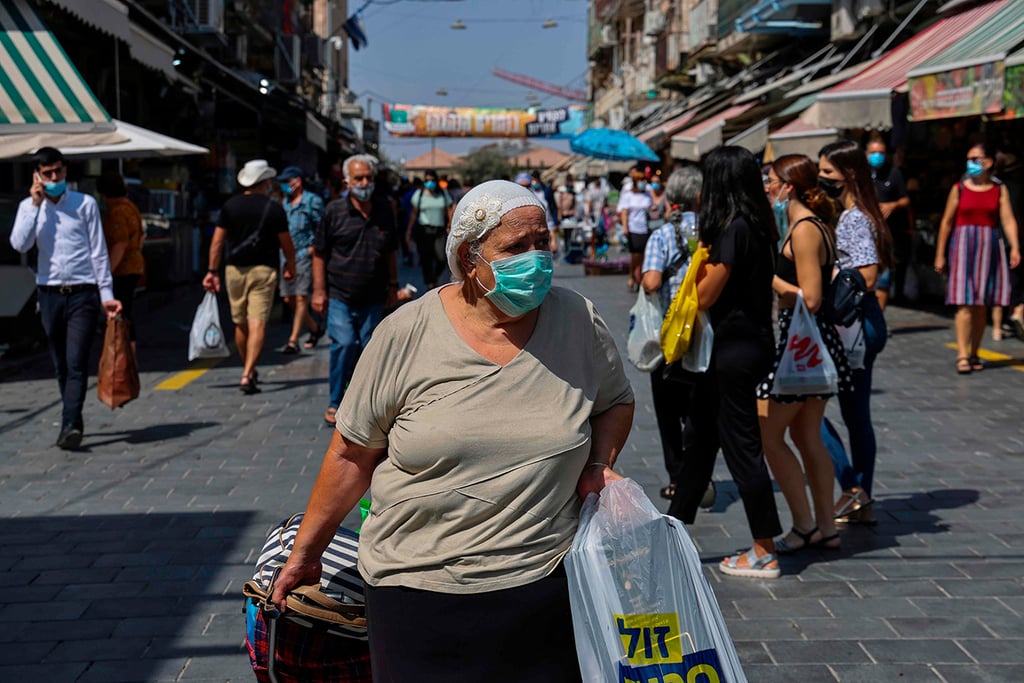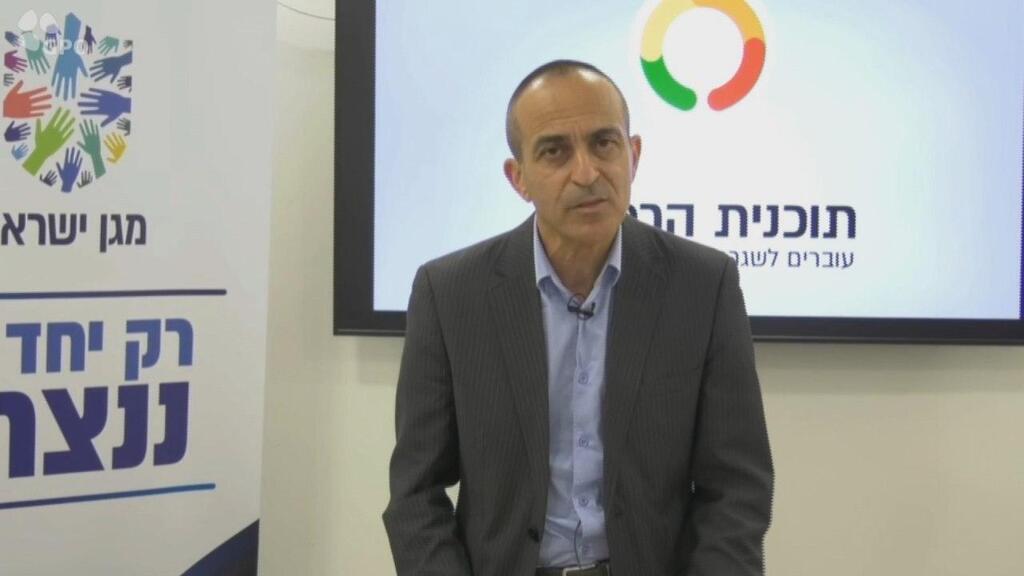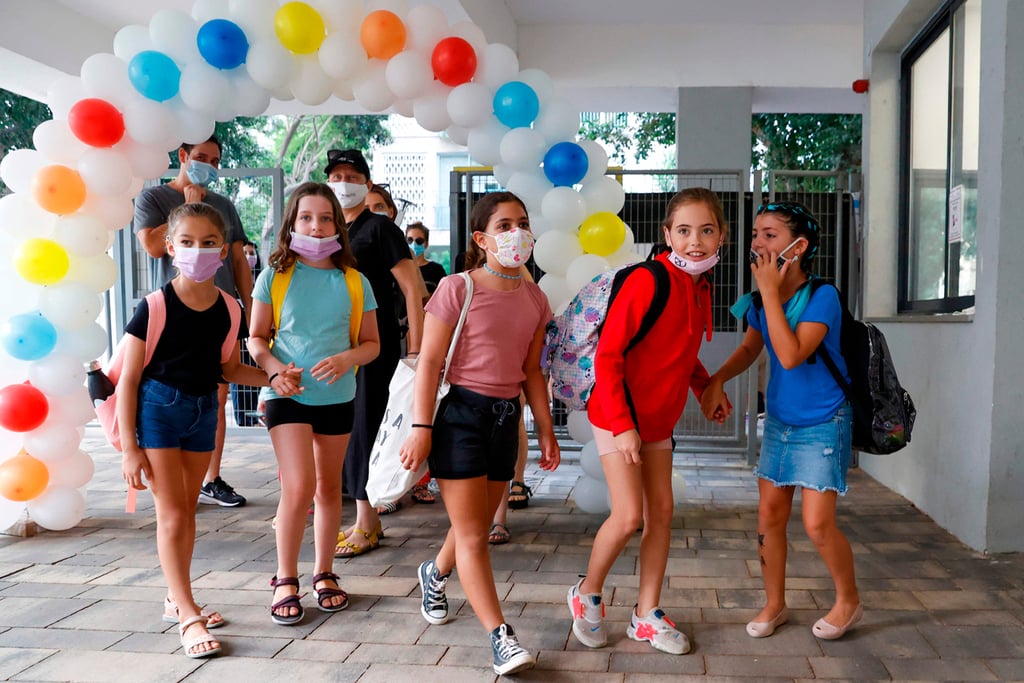On Tuesday, Israel saw 5,523 new verified coronavirus cases - surpassing the 5,000 daily-patients threshold for the first time since the pandemic broke out in Israel in March.
On Wednesday, two days before the start of the three-week nation-wide lockdown meant to stem the spread of contagion, Israel’s Coronavirus National Information and Knowledge Center published a report claiming the spread of the virus is prevalent throughout the country - and not just among the ultra-Orthodox and Arab communities as was the case weeks earlier.
According to the report, there has been an exponential increase in the rate of infection in recent weeks, which is reflected in a high percentage of positive tests, along with a significant increase in the number of tests conducted.
“This increase is reflected in both the percentage of positive tests and the number of new verified cases," the report noted.
On September 1, some 81% of Israelis lived in localities where the rate of infection was on the rise but by September 8, that figure increased significantly and stood at around 97%.
The coronavirus czar Prof. Ronni Gamzu’s Traffic Light model presented to the government, divided Israeli towns and regions into four colored categories, according to prevalence of the virus - with red being the most severe followed by orange, yellow, and green which were localities showing less than 5% morbidity .
According to Prof. Gamzu’s model, Israel’s red localities were no longer predominantly Arab or ultra-Orthodox.
Also, according to the report, since the beginning of the school year, there has been a significant increase in infection among Israel’s youth (10-19), attributed to the opening of the education system.
The report also emphasized the isolated-patient ratio, which is the amount of people in isolation for each verified patient in the country.
As of September 13, in the general sector (excluding Arabs and ultra-Orthodox) for every active patient there were five people in isolation, while the national average stood at 3 people quarantined per each confirmed carrier.
"This figure has seen a sharp rise in recent weeks, in direct proportion to the increase in the number of new patients," claims the report, indicating the increase in the number of patients directly affects the economy, even without restrictions.
This recent increase is no longer only in the Haredi and Arab sectors, but in the general population. “In order to effectively reduce the number of infected, it is necessary to impose restrictions and guidelines that will apply to all sectors in the country,” the report said.




